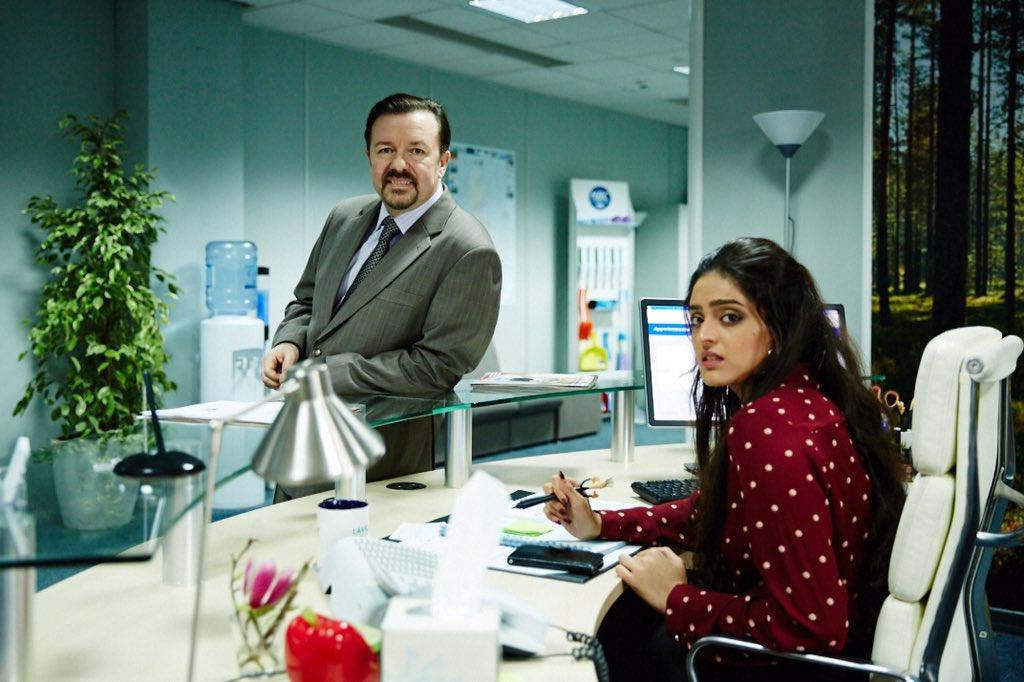Here's who you should sit next to at work if you want to be more productive

Sitting next to a friend at work may make you happier, but did you know who you sit next to in the office can also impact your productivity and quality of work?
Researchers at Harvard Business School, who analysed the data of more than 2,000 employees over a two-year period in collaboration with talent management software company Cornerstone OnDemand, set out to measure the effects of performance spillover and found that closely situating one type of worker near another can positively impact their overall performance.
The researchers separated workers into one of three groups: productive workers, generalists, and quality workers. Productive workers are faster than the average worker, but they produce lower quality work. Conversely, quality workers produce higher quality work, but they do so at a slower pace. Generalists are average when it comes to productivity and quality.
They also considered three measures of positive performance: Productivity (how long it takes to complete a task), effectiveness (how many time a worker needs to pass off a task to someone else), and quality (how satisfied the task recipient is).
They found that matching productive and quality workers together in one seating area and matching generalists together in another generates a 13% gain in productivity, a 17% gain in effectiveness, and overall up to a 15% gain in organisational performance.
Pairing people with opposite strengths works because spillover only seems to be significant in someones area of weakness. So when pairing productive workers with quality workers, productive people improve their quality of work, while their productivity doesn't really suffer.
These effects were found to occur almost immediately and vanish within two months of exposure, which the researchers believe rules out peer-to-peer learning and suggests instead that the cause is a combination of inspiration and peer pressure from being in close physical proximity to high-performing workers.
The researchers concluded that, for an organisation of 2,000 workers, pairing employees accordingly could result in about $1 million in profits per year.
"With modern organisations shifting to open floor plans and flexible workspaces, this study shows that there is actually a science behind employee seating charts," Jason Corsello, senior vice president of strategy and corporate development for Cornerstone OnDemand, said in a press release.
For more on the study, check out the infographic from Cornerstone:
Read more:
• This chart is easy to interpret: It says we're screwed
• How Uber became the world's most valuable startup
• These 4 things could trigger the next crisis in Europe
Read the original article on Business Insider UK. © 2016. Follow Business Insider UK on Twitter.
Subscribe to Independent Premium to bookmark this article
Want to bookmark your favourite articles and stories to read or reference later? Start your Independent Premium subscription today.

Join our commenting forum
Join thought-provoking conversations, follow other Independent readers and see their replies